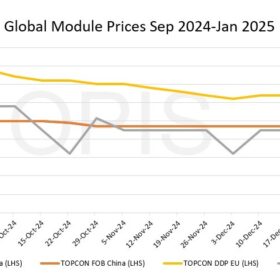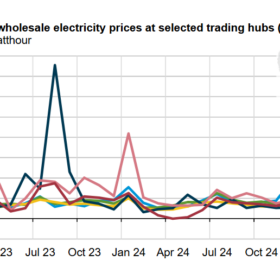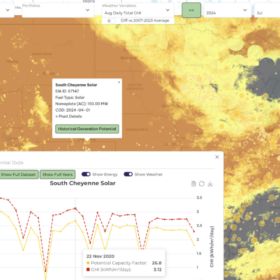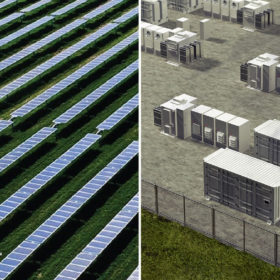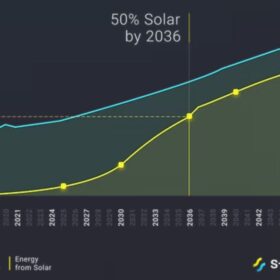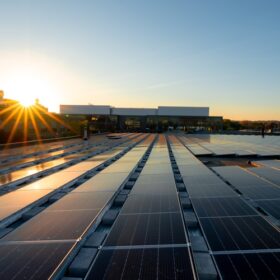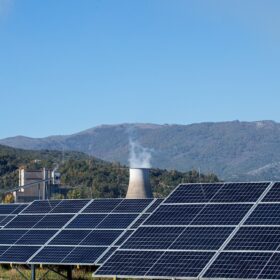Global solar module prices mixed on varying demand expectations
In a new weekly update for pv magazine, OPIS, a Dow Jones company, provides a quick look at the main price trends in the global PV industry.
Treasury updates domestic content guidance, elevates wafers made in U.S.
The guidance builds on the safe harbor that seeks to simplify domestic content calculations by establishing optional alternative cost percentages for solar developers that use solar cells manufactured with U.S.-made wafers.
Trump policy risks to battery energy storage industry
Five major risks are on the horizon, said Clean Energy Associates.
Wholesale electricity prices lower and more stable in 2024
Wholesale electricity prices were lower in 2024 than 2023, with less price volatility, as solar and battery energy storage expands, and lower natural gas prices stabilize major markets in the U.S.
Startup offers solar-oriented software for site-specific weather, variability scenarios
Sunairio has launched software that features high-resolution historical climate data and high-resolution future climate models to provide insights into site-specific risks. It recently raised venture capital to expand into new markets for its solar and wind portfolio-oriented software.
Utility-scale solar developer Origis Energy secures $1 billion investment
Brookfield Asset Management and Antin Infrastructure partners made commitments that could exceed $1 billion in aggregate.
Five solar businesses added to forced labor list, banned from U.S. entry
Under the Uyghur Forced Labor Prevention Act (UFLPA), five businesses in China were added to an entity list, making them ineligible to provide products and services in the United States.
Where will lithium-ion battery prices go in 2025?
After tumbling to record low in 2024 on the back of lower metal costs and increased scale, lithium-ion battery prices are expected to enter a period of stabilization.
Model predicts solar to supply 50% of global energy demand by 2035
Solar energy will satisfy more than 50% of global energy demand within a decade according to a new modeling tool that also predicts solar costs will continue falling by 10% a year.
Laser tools for solar pylon, tracker alignment
Laser Tools Co. updated its laser-guided toolkits for ground-mounted solar installations.
